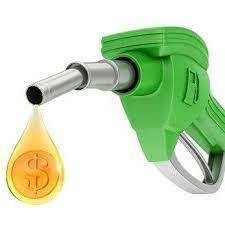There is no “average” fuel retailer, so all the costs that go into a gallon of gas vary from station to station.
 |
By Jeff Lenard
NACS
ALEXANDRIA, Va. November 29, 2021; Most people think convenience stores and gas stations make a lot of money selling gas—and even more money when prices rise. In fact, a stunning 45% of drivers think that retailers make at least $2 a gallon in profit per gallon, according to a NACS consumer survey.
If that were the case, the typical convenience store annually selling 1.5 million gallons of fuel would make $3 million a year in pretax profits. The average markup on a gallon of gas is about 35 cents. After expenses, a retailer makes about a third of that in profits—before taxes.
With gas prices rising so dramatically over the past few months, it can be frustrating to consumers to continue to shell out more and more money for a necessity. The average car consumes more than 500 gallons of gas a year, so a dollar-per-gallon increase hits the wallet hard. But, at the same time, let’s be honest. A 10- to 15-cent profit on a product that cost $3.40 is not the problem. It’s certainly not gouging, even though that seems to be an easy complaint to make.
In the latest Convenience Corner blog post, we explore what is leading to higher prices, looking at the four distinct elements of gas prices, in descending order.
Jeff Lenard is vice president, strategic industry initiatives, NACS. He can be reached at jlenard@convenience.org.


